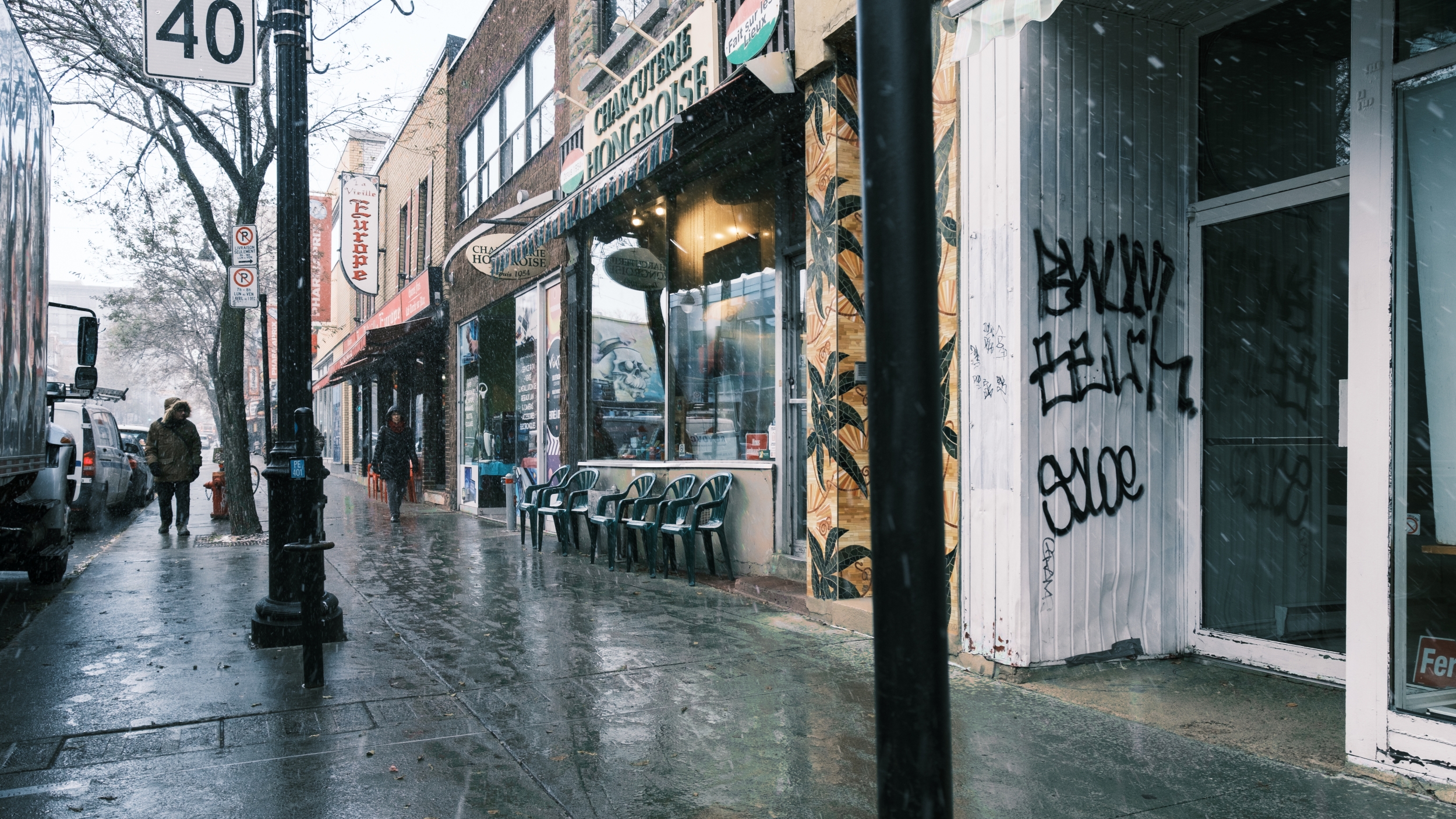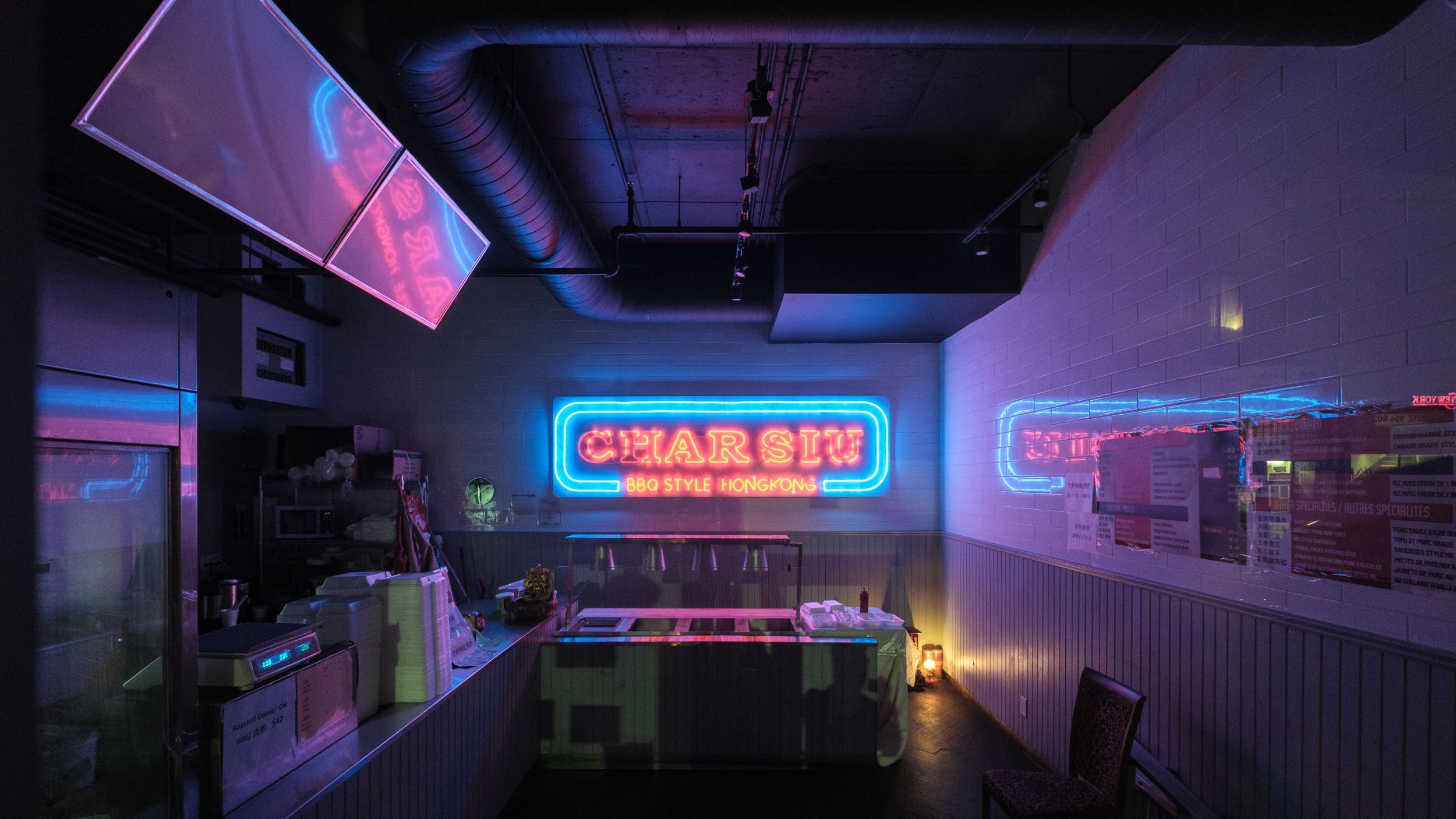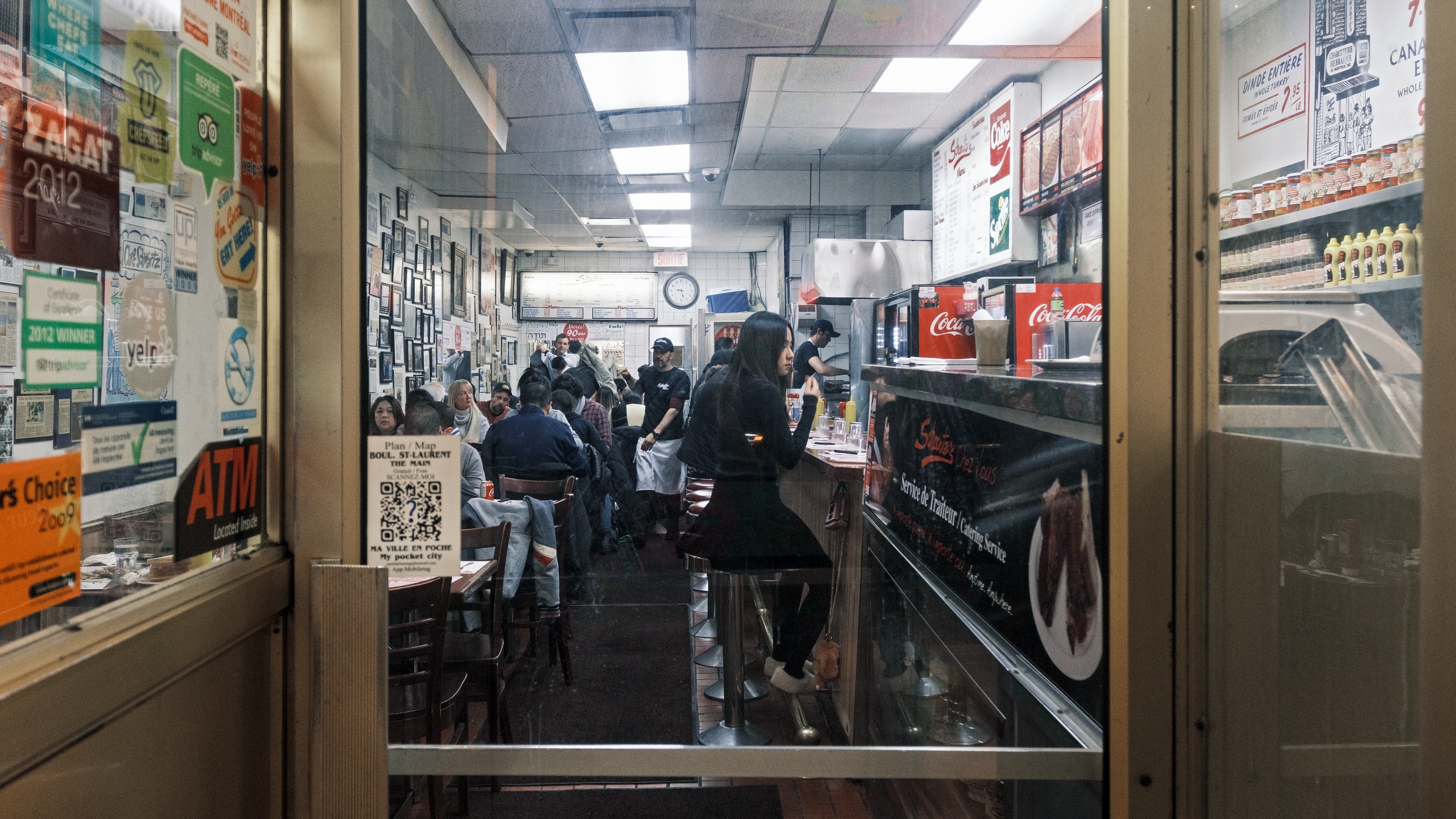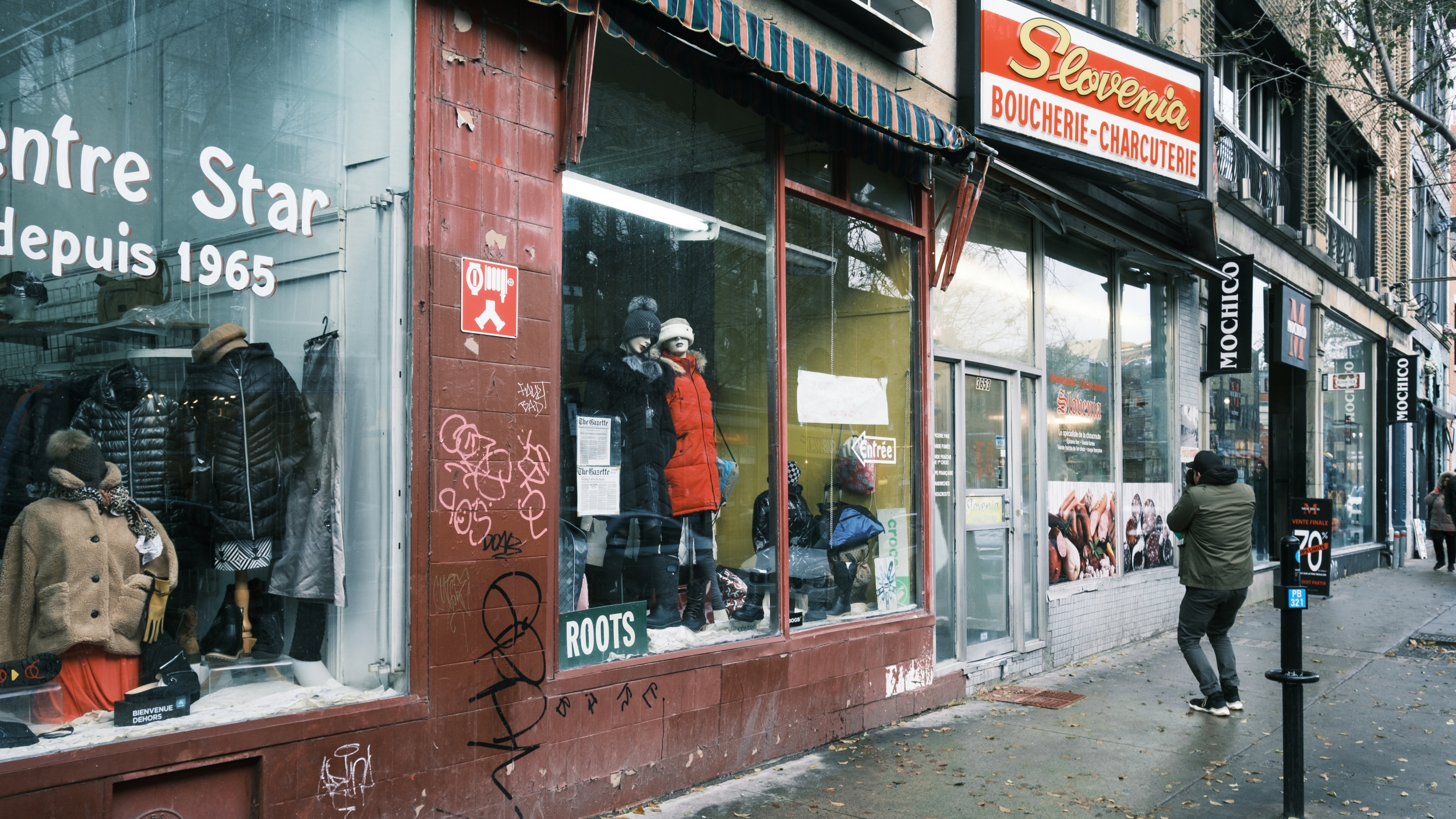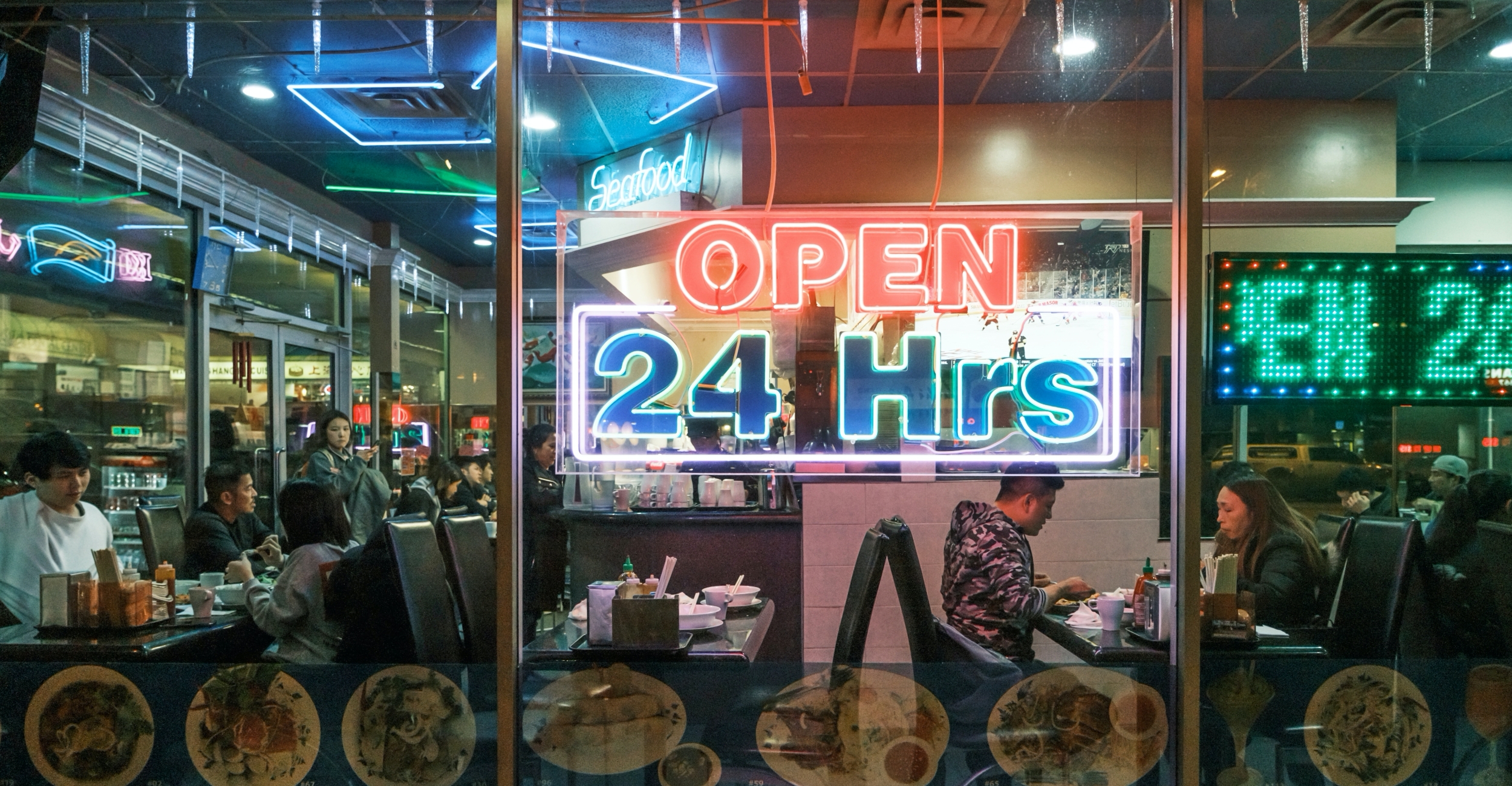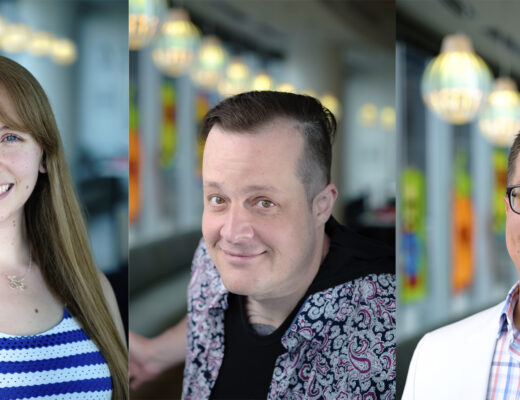I know the majority of Fujifilm photographers aren’t videographers. I wasn’t either. I started off as a photographer, then a blogger, gear reviewer, Instagrammer, and lastly a Youtuber. Even when I started recording video, it was my wife (aka Camera Girl) who used my iPhone or whatever review camera I had to record me talking into the camera. Eventually I started vlogging while travelling since my wife couldn’t always accompany me on my work assignments. I was uncomfortable recording myself while walking down random streets, but over time I got use to it. Eventually I wanted better BROLL, so I worked harder to improve my video skills. Shooting video is very different from capturing stills. Yes it helps to have a good photographic eye, but just because you’re a good photographer doesn’t automatically make you a good cinematographer. I would argue that it’s not only different, but more complicated of a craft. Over time I’ve improved my skills but I don’t consider myself a ‘good’ videographer or movie maker. Let’s just say I’m competent enough to create Youtube content. However, in the process of shooting and creating videos, it has dramatically affected the way I see and capture my stills.
The first thing I noticed is when sharing my images on Youtube, they looked better when cropped to 16:9. I don’t automatically crop to this aspect ratio just so my images will be full width on a TV screen, but I do think about how certain images look more cinematic when framed to be more wide than tall. Yes I still take images in portrait orientation, but I think the medium in which we share our images often affects the type of images we end up creating. As an example, when Instagram was in its infancy, the default aspect ratio was 1:1. Unless you were an old school medium format photographer, this was an usual aspect ratio. However, most of us attempted to shoot this native aspect ratio for the platform, and many of us became pretty good at it, and some even ended up preferring it. Something similar happened to me when I spent a lot of time creating video content, I began preferring the 16:9 aspect ratio over the more common 3:2 for stills. Again, it’s not that I just crop my existing images to 16:9 just to conform to the video standard, but I started seeing my images with the wider aspect ratio in mind.
I also discovered that I enjoy shooting wider than many of my street photography contemporaries. The most common focal lengths for street photography are 35mm and 50mm. I believe this is why the X100 series is so popular with street photographers with a 35mm equivalent field of view; and why Leica has 15 lenses that are either 35mm or 50mm in their 35 lens M-mount line-up. For my style, I found I prefer 28mm or wider. My favourite Fujifilm wide angle prime is still the XF 14mm f2.8 R, and my favourite lens overall from Fujifilm as a hybrid shooter (video and stills) is the XF 10-24mm f/4 R OIS. With this ultra-wide lens I can shoot BROLL, talking head, vlog, as well as shoot wide angle street photography, landscape, architectural, etc. It’s a very versatile lens with the ideal focal range for someone like myself who needs both video and stills content. My only complaint is that the lens is not weather-sealed, but we can talk about this again in a future ‘wish-list’ article. Moreover, by shooting wider and cropping my images to 16:9, I found my images had a more cinematic feel. It no longer felt like the standard 35mm-50mm street photo using the common 3:2 aspect ratio. When looking through my viewfinder, it felt more like I was looking at a movie screen and not a photo album.
At this point you may be wondering how any of this can help you as a still photographer. If you don’t shoot video (nor ever plan to), how can cinematography help your photography? For me, my interest in cinematography helped me to see things from a filmmaker’s perspective. I tried framing like a cinematographer, as if my images were cut directly from a movie scene. The first tip is to give yourself options when framing. With a Fujifilm camera, shoot in RAW (or RAW + JPEG) but choose 16:9 as your chosen aspect ratio. Your JPEG will be cropped to 16:9, but your RAW file will have the entire sensor read-out. In post, you can still keep your full 3:2 image, but at least you framed and thus imagined the scene as a 16:9 image. You can also choose 16:9 for framing only (Settings/ Set-Up/ Screen Set-Up/ Framing Guideline/ HD Framing), so you can see the overall image, as well as the 16:9 cropped frame lines. Again, in post you can decide to crop the image or not.
Beyond cropping, having an eye for a cinematic image is more than just aspect ratio. It’s about how we fill the frame. In a moving picture, the director tries to direct our eyes within the scene, to anticipate some kind of action or movement, to create tension or cohesion between the subject and their surroundings. Of course video has the advantage of a sound track, real time zooming, physical movement of the camera or the subject to drive the story; but we can still learn as photographers. We can create movement by blurring our subjects, or use motion blur with our background. We can shoot a series of images at different perspectives, focal lengths and angles to show a progression of events. We can even add a soundtrack to our images when we present them, either on Youtube, Instagram, Facebook, or even if we present our images in front of an audience. Alex Webb did exactly that when he presented his latest photographic project at the Polygon Gallery in North Vancouver in 2018.
My final tip on how to learn from cinematographers is to study great movies and great directors. As a photographer, I not only enjoy cinematic movies, but I also study each scene like they are stills. I find the most memorable moments in a movie are typically the ones that have the right combination of lighting, colour palette, tension and strong composition. In the past few years, I’ve learned more from cinematographers than I have from other photographers. My favourite directors that I recommend to study are Wong Kar-wai (Chungking Express, In The Mood For Love), Sophia Coppola (The Virgin Suicides, Lost In Translation), and Wes Anderson (The Life Aquatic, The Darjeeling Limited). Take note of how they use various elements (colour, framing, lighting, perspective) to construct a scene to help propel the story. As photographers, we can use similar tools to help tell our story. Think about the colour tones of your image. With Fujifilm, we have many film simulation options. My current favourite is the new Classic Neg on the new X-Pro3. Think about how a wider field of view and framing can help us in composing a scene. Because our scene is wider, where we stand in relation to the subject and its surroundings can have huge impact from the viewers perspective. Finally, think of how we can incorporate lighting in conjunction with our colour palate to set the proper tone of our scene. Let me know in the comments below who are your favourite movie creators (including Youtubers!!) as well as your favourite movies that inspire you to improve your photography. Thanks for reading and happy shooting.


